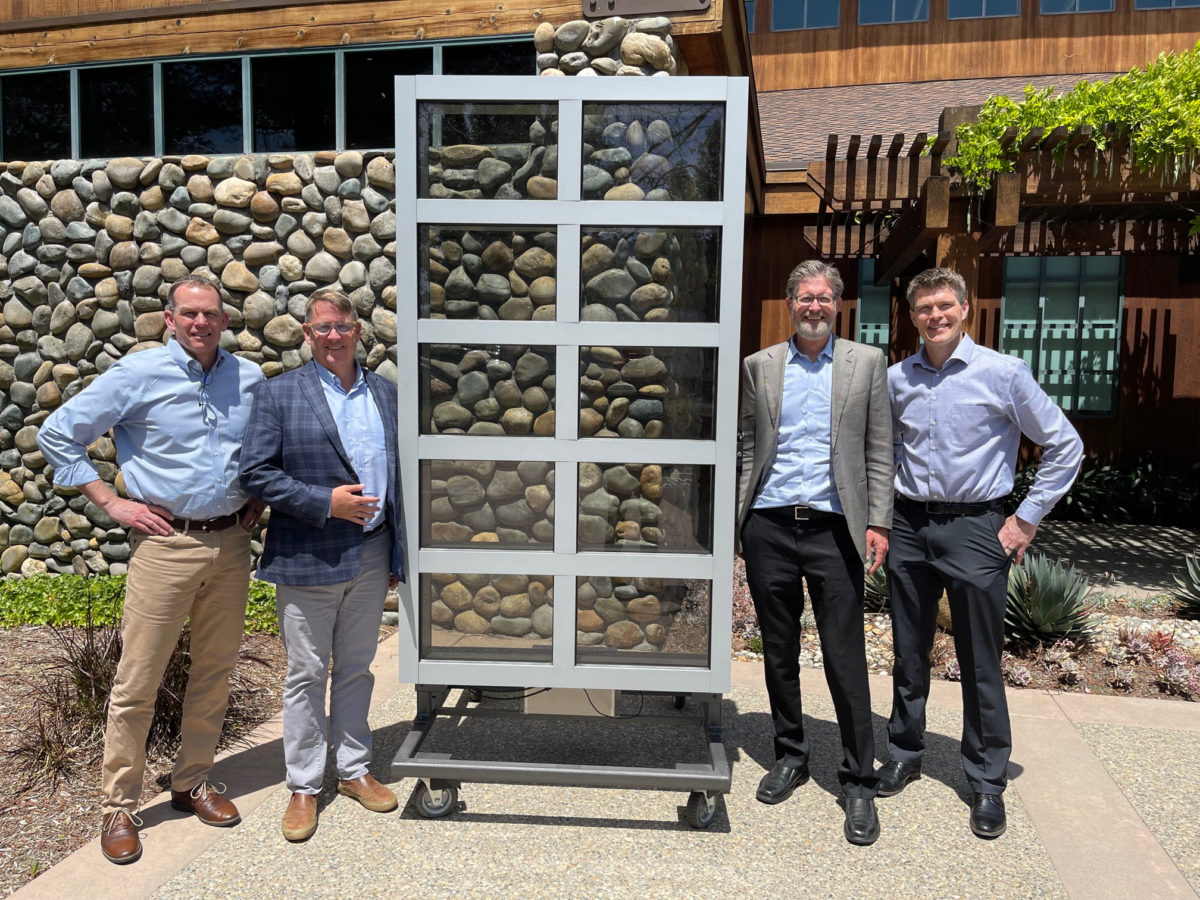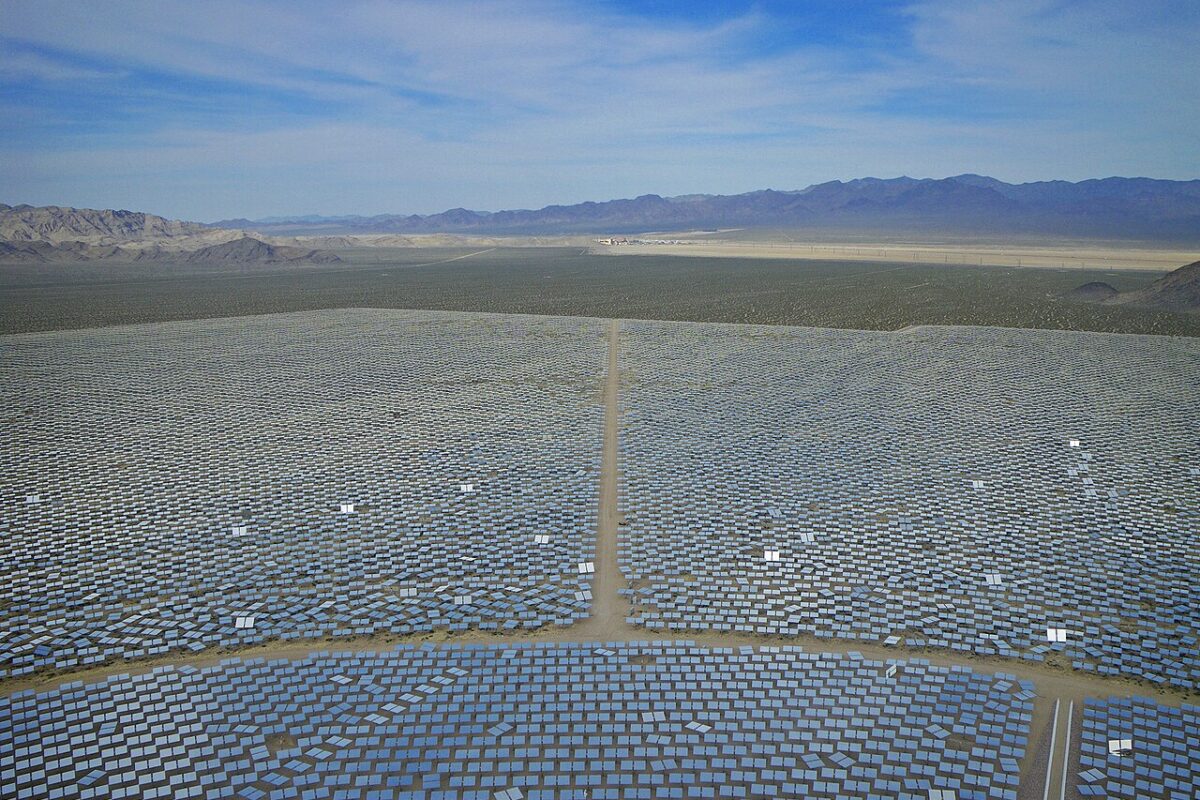In the IN2 NEXT project, PV-coated windows from NEXT Energy Technologies were tested against traditional commercial windows, tracking performance based on their respective solar heat gain coefficient (SHGC), an industry-standard performance metric for commercial windows. The results show that NEXT Energy’s technology could lower the SHGC from an otherwise equal window to below .20.
NEXT Energy is a Calif.-based company that is developing transparent energy harvesting window technology. The goal is to enable glass facades to be turned into producers of low-cost, on-site, renewable energy for buildings. NEXT Energy participated in a multi-year photovoltaic window project as part of the Wells Fargo Innovation Incubator (IN2), which measured the overall energy-efficiency performance of NEXT Energy transparent PV windows compared to traditional commercial windows.
Commercial buildings account for 36% of all US electricity consumption at a cost of more than $190 billion annually. Additionally, windows represent 30% of a commercial building’s heating and cooling energy, costing US building owners about $50 billion annually, according to DOE. Considering the potential savings, in addition to energy generation, lowering the SHGC to .20 is significant. SHGC measures the amount of heat, or solar gain, created by sunlight passively entering buildings through windows. Excessive solar gain can lead to overheating within a space and inefficient energy management throughout a building.
“These are extremely significant results for the energy efficiency of insulating glass. Achieving a SHGC below .20 while providing neutral aesthetics has been a monumental challenge for all of us that create vacuum deposition architectural coated glass. Balancing performance and appearance is the heart of ideal harmony and it appears NEXT has done just that,” said Garret Henson, vice president sales and marketing at Viracon, a manufacturer of architectural glass for commercial buildings in North America.
In making NEXT Energy’s windows, the PV technology is enabled by proprietary organic semiconducting materials that are earth-abundant and low-cost, the company reports. This material is coated uniformly onto glass as an ink in a high-speed, low-cost, low-energy process, enabling the glass to harvest the sun’s light and convert it into electricity rather than heat.
“The results of the collaboration with NEXT give us data on how to redefine ways architects and building owners measure the performance of commercial windows,” said Trish Cozart, program manager of IN2 and director of the Innovation and Entrepreneurship Center at NREL. “If you can generate substantial amounts of electricity with a building’s windows, it can mark a new chapter. Now, the goal is the evaluation of SHGC to account for impacts of power generation as well as solar heat gain.”
This content is protected by copyright and may not be reused. If you want to cooperate with us and would like to reuse some of our content, please contact: editors@pv-magazine.com.









I hope NEXT will have some words with NFRC so we can get product lines in their certified product directory for use in energy compliance software!
Great for all south facing or southeast facing windows that could harvest the winter sunlight that more directly hits them and could be used to power additional electric heating rather than other fossil fuels. Glass in the wintertime, when temperatures outside cause heat loss from the interior of homes and offices, these panels/windows could help offset that loss by powering baseboard heaters and would even do so without being connected to the building’s grid wiring. Thermostat controlled transfer relay could switch from an ac inverter for electric grid integration to DC direct to heating elements in the baseboard heaters. Once the room is warm enough, the AC inverter could switch on and help with air conditioning power with a grid tied micro inverter placed adjacent to the window and connected to the building wiring.
The previous reply fails to understand that in winter you would have no need to covert the sunlight to electricity, then to heat disbursed in a local base board heater because that is what sunlight would do when entering through a standard window without the expense of a special solar window or inverter or heater. It might be productive to use the solar generated electricity to move the heat to another part of the building but you could also redistribute the air as well.
I would imagine, as you are speaking to the principles of passive solar heating, that the PV treatment would be mostly on fenestration facing the south to southwest arc, while east and west might go untreated. Depending on the actual productivity of these transparent solar windows and the calculated estimates, if a building is in a climate zone where water heating is the heavy hitter for energy expenditure, their production might well be routed to a heat pump water heater. As with everything, the options are dictated by the geometry and the outside temperature curves.
Many people, who have south faced windows, do not like the direct sunlight hitting their furnishings and bleaching the fabrics or wood and install curtains, ceiling to floor drapes or blinds that stop the sunlight from bleaching but also stop or detract from the benefited heating. Using the solar power from windows could allow those people to still gain heat but in a more regulated, less damaging way.